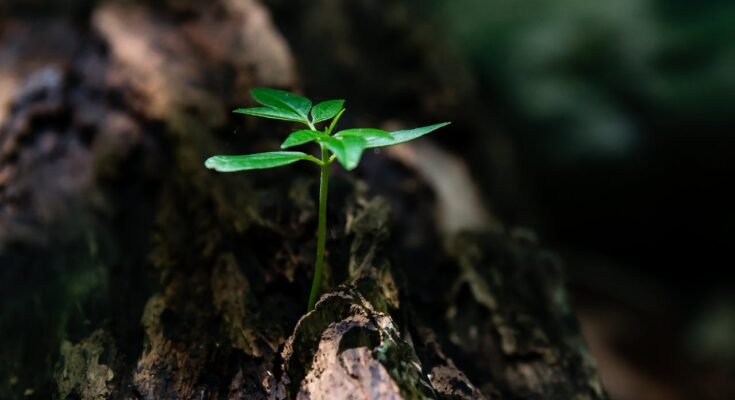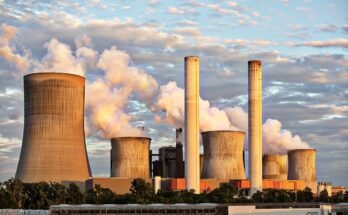The earth in which humans co-exist with plants, animals, and ecosystems is a complex web of life. Interconnectivity between the systems is often invisible yet vital to comprehending how the health of any given part interacts with the whole. The interaction between these systems is essential to every living thing on earth, including humans.
Humans-The Custodians and Stakeholders
Humans, as part of the natural world, are major players in the destruction and conservation of ecosystems. For centuries, mankind has taken opportunity of the natural world, solely engaging in deforestation, pollution, and overconsumption, which put the future of the earth at stake. However, being the smartest species on the face of this earth, humans are also possibly the best armed organisms for nature conservation practices, having, on the one hand, the knowledge to restore past ecologies, and on the other, possessing technology to curb impending destroyers.
Humanity has forced upon ecosystems changes that span from agriculture, industrialization, and urbanization to the very design of its infrastructures. Such are the general alterations that any alterations to habitat disrupt long-enduring, well-balanced ecosystems. On the one hand, clearing land for agriculture has often reduced biodiversity, therefore acknowledging that there is a direct effect on plant life, followed by that of animal life in food and shelter respectively. Meanwhile, conservation movements and environmental legislation exist as means of redress, as evidenced by the push toward living in harmony with the planet.
Plants: They Are the #1 Life Form
Most ecosystems are built on plants. They breathe oxygen through photosynthesis and the main food source for herbivores. Plants provide shelter and homes for myriad species, from animals to insects to fungi. If plants did not exist, ecosystems would not be able to function properly because plants are a source of food to both mammals and humans.
Plants also play a vital role in regulating the climate. Carbon sinks: forests, wetlands, grasslands absorb carbon dioxide from the atmosphere to reduce climate change. Plant photosynthesis removes the C02 from the atmosphere, but unfortunately habitat loss due to deforestation, land conversion for agriculture and urbanization are reducing the number of plants that contribute to this process, exacerbating global warming.
Wildlife — The Brains of Global Ecosystems
Animals are often considered the more active players in ecosystems. From pollinators such as bees to apex predators including wolves, animals are integral to the preservation of the equilibrium of the ecosystems which comprise our planet. Insect, bird and mammal pollination promotes the reproduction of many plant species while herbivores help manage plant populations, ensuring no one plant species dominates an ecosystem.
Predators, on the other hand, control populations of prey species to prevent any one species from dominating and to keep food webs functional. This fragile balance is critical for healthy ecosystems, and removing animals from these systems, whether through hunting, habitat destruction, or climate change, can have disastrous consequences. For instance, the loss of keystone species — those whose presence or absence has a disproportionately large effect on the ecosystem — can lead to the collapse of whole ecosystems.
The Ecosystems — Where the Biodiversity Resides
Ecosystems are the basic units of life on Earth. From rainforests to coral reefs to deserts and tundras, ecosystems harbor the forms of life that engage with one another within them. An ecosystem constitutes all aerobic organisms, including fauna, flora, fungus, & bacteria, along with abiotic components like water, air, & soil. All of these elements combine into a system that is greater than the sum of its parts.
The interactions among the components of an ecosystem determine the health of the ecosystem. Ecosystems at their best deliver essential services to all life forms, including humans. Examples of these services are water filtration, climate regulation, soil fertility, and the supply of food and raw materials. When ecosystems are damaged — whether by pollution, by climate change or by invasive species — their ability to provide these services declines, with negative effects for all organisms that depend on them.
Why Interconnectedness is Key
One species’ survival is often dependent on the continued survival of others. This inter-dependence builds a fragile balance that allows life on Earth. Humans, plants, animals and ecosystems do not exist separately; they are all part of an interconnected and dynamic system. The health of an individual component can reverberate throughout the system. Deforestation, for instance, does not just cut down trees but also eliminates habitats for animals, decreases biodiversity, and accelerates climate change, etc. The decline of pollinators, including bees, similarly sends shock waves through their ecosystem: Plant reproduction suffers, which breeds out herbivores and disrupts the broader food web.
We must also acknowledge that human welfare is inextricably linked to the health of ecosystems. Ecosystems provide the air we breathe, the water we drink, the food we eat. The natural world is essential to our survival. This understanding underlies sustainability movement globally, which strives to harmonize developments of human with conservation of nature.
Striving Towards a Sustainable Future
Aligning ourselves with nature by operating sustainably for our foods, plant varieties, livestock breeds, wild species and ecosystems is the best way for us to protect the fragile web of life connecting us all: people, crops, animals and ecosystems. This entails leading by practicing which causes little harm to the environment, preserves biodiversity, and sustain the restoration of ecosystem. Reforestation, conservation of endangered species, organic farming, reducing carbon emissions — these efforts make the world a better place for us all.
In addition, education and awareness are key. And with an awareness of how everything is interrelated, we can then make more informed decisions regarding the choices we make in our everyday lives. Be it through waste reduction, sustainable business support, or policy advocacy, each effort contributes to the preservation of the delicate equilibrium of the natural ecosystem.
Organisms are not able to survive alone, and this interaction has been found to be deadly without the inclusion of humans, animals, plants, and ecosystems within the circle of life. Only by acknowledging the interspersing of every being, and the bigger picture they are a part of, will we move towards a world where all forms of life will be able to co-exist and flourish, connecting past, present, and future generations to a living planet.



